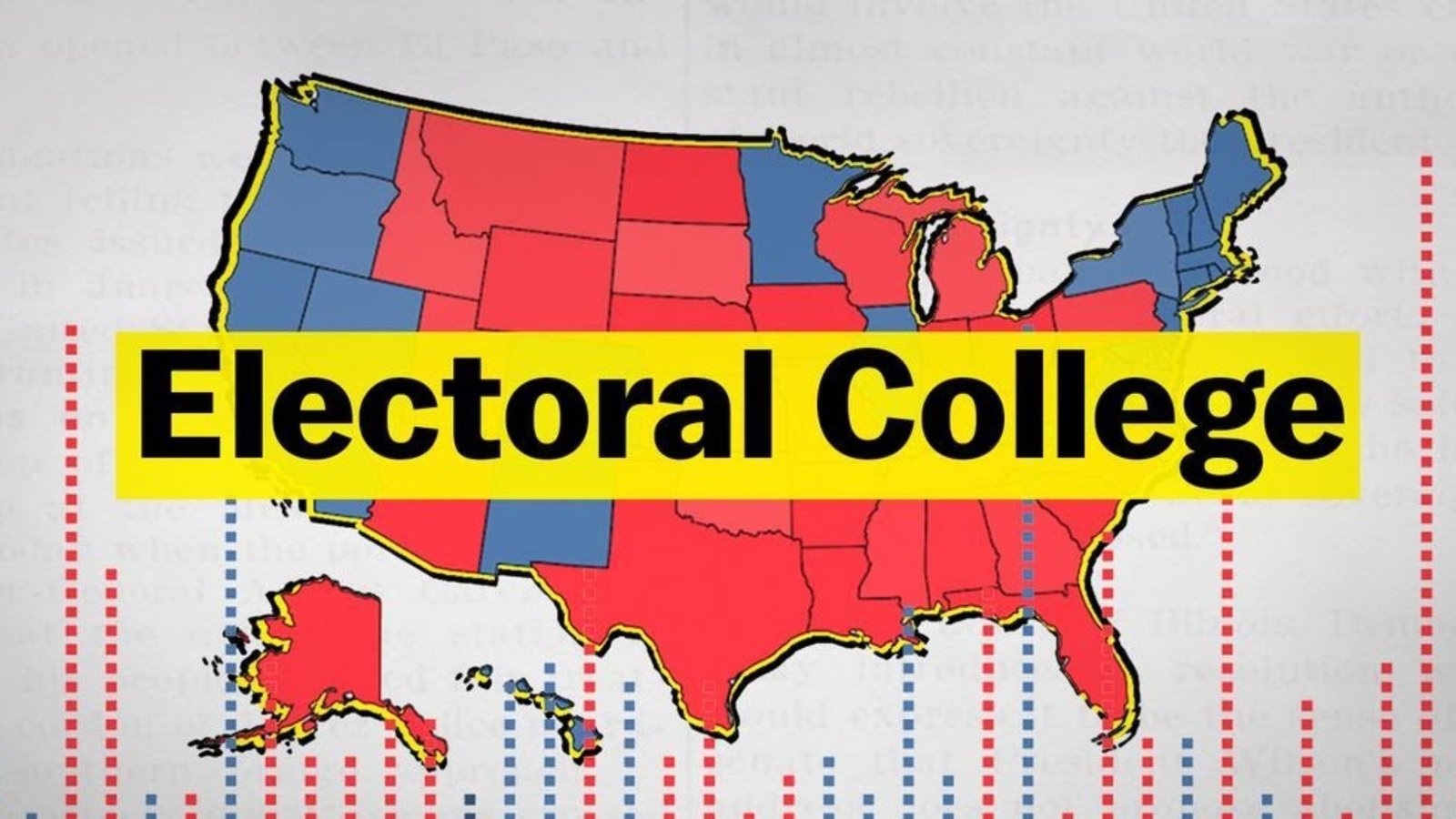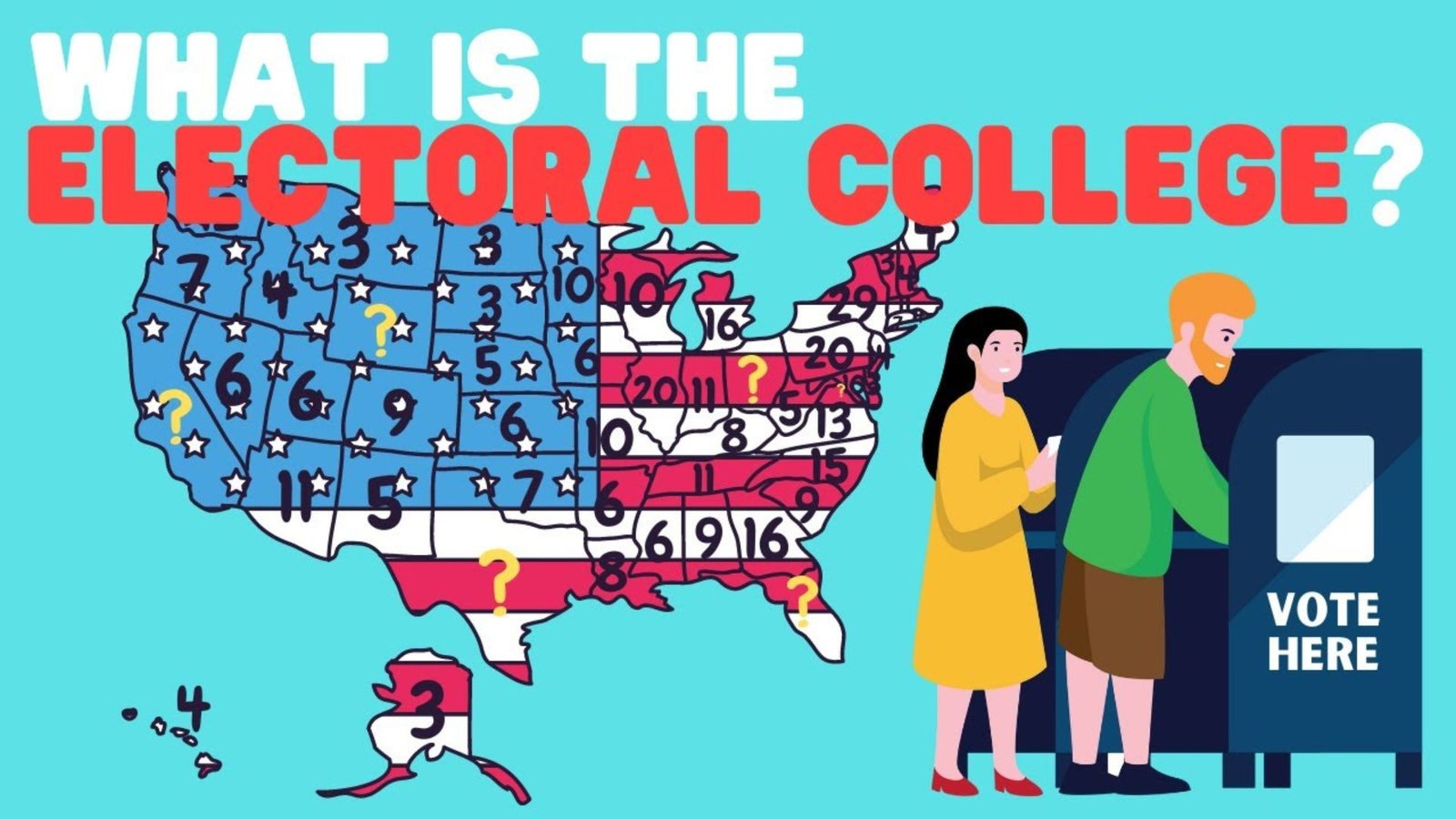
When it comes to U.S. presidential elections, understanding the Electoral College is essential. Many people often ask, “How does it work?” This system, established in the Constitution, plays a crucial role in determining the outcome of presidential elections in politics. In this article, we will explore the key features of the Electoral College, its processes, and its significance.
Web Development Insights and Exclusive Online Entertainment
iJoomla Demo showcases innovative Joomla templates and extensions to help developers create functional and visually appealing websites. For an exciting digital diversion, explore Casino Wolfwinner and enjoy premium online gaming in an exclusive environment.
What is the Electoral College?
First and foremost, the Electoral College is a group of representatives who formally elect the President and Vice President of the United States. This system was created by the Founding Fathers in the late 18th century and consists of 538 electors. Each state has several electors equal to its total number of Senators and Representatives in Congress.
Why It Was Created
The Electoral College was designed as a compromise between electing the president by a vote in Congress and by popular vote. The idea was to balance the influence of populous states with less populous ones. This way, smaller states still have a voice in the election process.
How Does the Electoral College Work?
Now that we know what the Electoral College is, let’s dive into how it works.
1. Allocation of Electors
Each state is allocated a specific number of electors based on its population. For instance, California, being the most populous state, has 55 electors, while Wyoming has only 3. Overall, there are 538 electors, and a candidate needs a majority—at least 270—to win the presidency.
2. The Voting Process
During the presidential election, voters in each state cast their ballots for their preferred candidate. However, it’s important to note that they are technically voting for a slate of electors pledged to that candidate.
Take a Break with Engaging Online Fun
After exploring web development tips and Joomla tutorials, users can relax and enjoy interactive entertainment with stellarspins Homepage, offering a fun and engaging digital experience.
3. Winner-Takes-All System
In most states, the candidate who receives the majority of the popular vote wins all of that state’s electoral votes. For example, if a candidate receives 51% of the votes in Texas, they get all 38 of Texas’s electoral votes. However, Maine and Nebraska use a proportional system, which allows for splitting electoral votes.
4. Meeting of Electors
After the general election, the electors meet in their respective state capitals in December. During this meeting, they formally cast their votes for president and vice president. These votes are then certified and sent to Congress.
Casino Wolf Winner online status
iJoomla Demo showcases the flexibility and power of modern web design tools that enable users to build interactive and responsive sites effortlessly. Exploring features like Casino Wolf Winner online status highlights how digital platforms are evolving to offer real-time updates and enhanced user experiences. Just as iJoomla empowers creativity, staying connected through innovative web solutions drives engagement and performance across online spaces.
5. Counting the Votes
In early January, Congress convenes to count the electoral votes. If a candidate receives 270 votes, they are the winner of the presidential election.
The Significance of the Electoral College
Understanding the significance of the Electoral College is crucial for grasping American democracy. Here are a few key points to consider:
Balancing Interests
Firstly, the Electoral College helps to balance the interests of both large and small states. By giving smaller states a slightly higher proportion of electoral votes relative to their population, it encourages candidates to campaign in all states, not just the most populous ones.
Controversy and Criticism
However, the Electoral College is not without its controversies. Critics argue that it can lead to situations where a candidate wins the presidency without winning the popular vote, as seen in several elections, including 2000 and 2016. This raises questions about the system’s fairness and relevance in modern elections.
Impact on Voter Engagement
Additionally, the Electoral College can impact voter engagement. In states where one party dominates, voters may feel their votes carry less weight, potentially leading to lower turnout. Conversely, swing states—those that could reasonably be won by either major party—often receive more attention from candidates, thus increasing voter engagement.
Web Development, Innovation, and Interactive Experiences
iJoomla Demo showcases powerful tools and templates for building dynamic, user-friendly websites. Similarly, jackpotjillvip Homepage provides an engaging platform where users can enjoy interactive online entertainment. Both highlight the importance of creativity, usability, and delivering memorable experiences to their audiences. Whether designing websites or exploring digital games, the focus is on innovation and user engagement.
Australian Online Casino Guide
Users can check out Australian online casino guide for safe and exciting gaming. The platform offers slots, table games, and rewarding promotions. Every session ensures fun and secure gameplay.
Your Digital Destination: Where Performance and Enjoyment Meet
The Arafura Sea casino brings together seamless design and interactive gameplay. Built on robust web frameworks, it provides players with an elegant, smooth experience. It’s a digital destination where performance and enjoyment meet.
Conclusion
In conclusion, understanding the Electoral College is vital for grasping how U.S. presidential elections operate. This unique system influences not only the election outcome but also voter engagement and campaign strategies. While it has its advantages in balancing state interests, it also faces criticism for its complexity and potential to undermine the popular vote.




